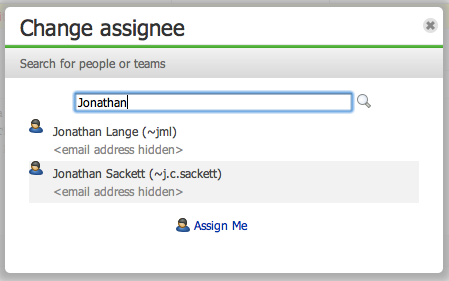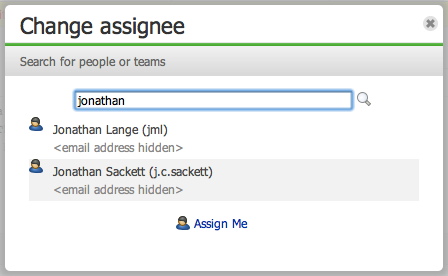What does rotation to maintenance really means?
Friday, June 3rd, 2011
I’ve been asked this question privately a few times already. What does it mean for a squad to rotate from feature-mode to maintenance-mode? The question arises as a number of folks noticed that some members of the squad continue working on feature-related bugs after they are on maintenance shift. That happened with the former Blue squad when they completed daily builds, with the Orange squad when they completed sharing translations, and with the Yellow squad and better bug subscriptions. So let me clarify what that boundary means.
In a nutshell, it means that the squad starts new work from a different queue. After the switch, new work will come from the general maintenance queue. Because we do the switch aligned with the calendar week, there is always work related to the feature that is still in-process (code started but not reviewed, or landed but not deployed, etc.) That’s the work that continues after the transition. After the rotation, the squad also becomes on the hook to cater for the user support duties related to maintenance mode.
What are the trade-off related to this boundary definition? The main impact is that we get a dip in maintenance related bug fixes around the rotation. That’s because the new maintenance squad has still some members not ready to start new maintenance-related work. It could be argued that because of the interrupt nature of the maintenance responsibilities, it would take longer to finish off the work related to the feature. I’m not sure that happens in practice, but I make note to check the data…
The alternative would be to only rotate after all the feature-related bugs are done-done. The rest of the squad could fix some lower priority bugs related to the feature or clean-up tech-debt accumulated during their rotation. It would preserve the number of people effectively working on maintenance around the transitions. But it would mean that it would take longer before we start the next feature. And given the poor state of our feature cycle time, it’s not a trade-off that I (and I guess our stakeholders) would be willing to make at this time. We might revisit this in the future though.
Photo by Camilia Hoel. Licence: CC BY-NC-SA 2.0.




 When Launchpad shows someone’s display name, it’s not always clear who it’s referring to.
When Launchpad shows someone’s display name, it’s not always clear who it’s referring to.



 My colleagues in the
My colleagues in the 

 Launchpad has a lot of <a
Launchpad has a lot of <a
 As part of determining
As part of determining 
